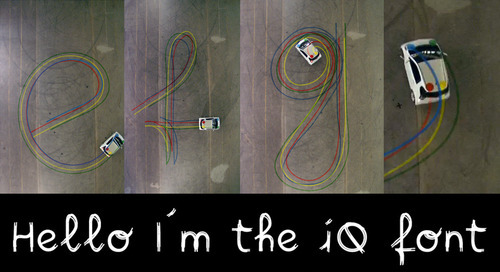Alright, so since we are all forced to buy ipads for our portfolios, I figure, we may as well use them for our full benefit. The ios apps can be extremely helpful to making research and production easier and funner for us designers. Here is a list of my 5 favorite Ipad Apps that deal with Typography.
Fontbook
The first is called FontBook. It cost me $4.99 to buy and oh boy, is it worth it. FontBook is a useful tool for designers to find typefaces. It offers an up to date library of typfaces ranging from over 134 international type foundries (in many different alphabets may I add)... that mean around 730,000 typefaces for us to drool over. Another great feature of this app is how you browse. You can begin by class, foundry, designer, year, name or even designer. Plus, there are Font Lists that let you search by criteria such as genre, stylistic period, similarity or popularity. It also takes you to a page where you can purchase these fonts. You can take save your fonts as your favorites and come back to them when you are ready to use them. My favorite part of this app is it’s design. It is so user friendly and so nice to look at.
LetterMPress
I was a little weary with whether or not I should include this app, but then I played with it and I couldn't leave it out. LetterMPress shots you back to a time before digital space. This app is very cute and pretty addictive. For $4.99, it enables you to work with and learn about vintage wood type and hand driven printing presses. You select what kind of font of type or art you want and lay it out on a board. You can add furniture and lockups, even rulers to your board to create a really cool typographic image. You then go to the print option, select your ink, your paper and then the app prints your letters for you. The high-res output ensures that its not just a silly app, but could really help those of you working on wood type projects. Again, its super addictive, so beware you don’t spend more time in the app than in your typography projects.
^that's what you can make ^
ifontmaker
This app is so great. For $6.99, this app is a fast and easy way to create your own typefaces and fonts. IfontMaker is a straightforward interface for hand drawn type that can emailed and converted into a TTF file. You begin by choosing an “example font” so you can use it’s dimenstions if you want. You then choose a grid for the background so drawing can be more precise. You can even choose to have labels seen of where your ascender, cap height, x height, baseline and descender is. At this point you choose your brush and radius and draw your own type for each character in the alphabet. The program conveniently saves it for you. You can create as many useable fonts as you want in record time. Of course, you can always put them into illustrator to refine them, but this certainly creates a shortcut.
Whatthefont
Everyone who works with typefaces and fonts at some point sees a piece of lettering and wonders what font is being used. WhatTheFont enables you to take a photo and - with a little luck - identify the font you’re looking at. Does it always work? No. But when it does, it's a little slice of fried tech gold. You begin by taking a photograph of typography or selecting old photos you have taken. Then trace a box around the type, upload it. Then the app finds individual characters and if it can’t recognize all of them, it asks you to identify them. Hit identify, and the app will identify that font or fonts that are very close to it. How freakin’ sweet is that?!
Fontly
This app is Free! Fontly is a bit like Instagram but just for type geeks, enabling you to "capture, map, and explore the world of vintage typography". You take a snap of some lettering, then title and tag it, whereupon it's geo-tagged and added to the website. This is so useful for inspiration or procrasta-working between projects. You can add friends and follow certain people or groups. You can also make your own profile and add photos of your typography, or typography you find around you. Again it’s free, so if you have an ipad, get it, you have no excuse.
That’s all I have for now. If you want to play around with these apps, I have them all. Just ask me and I will be more than happy to show you these fantastic apps.



















































